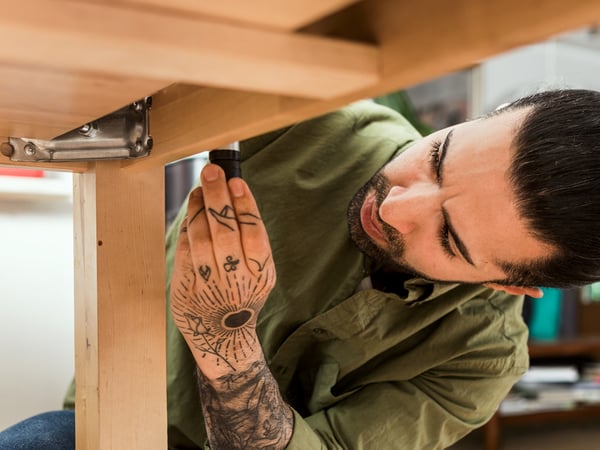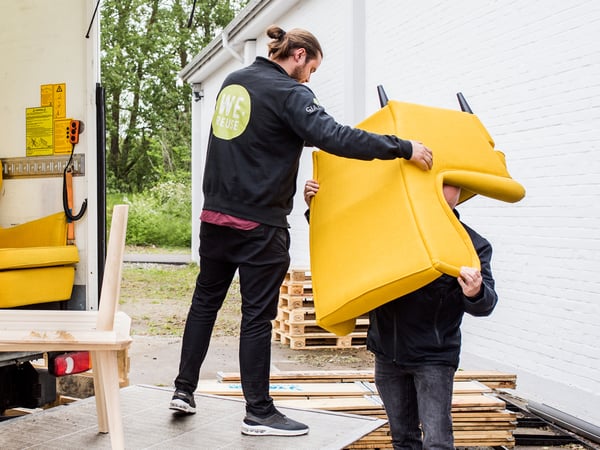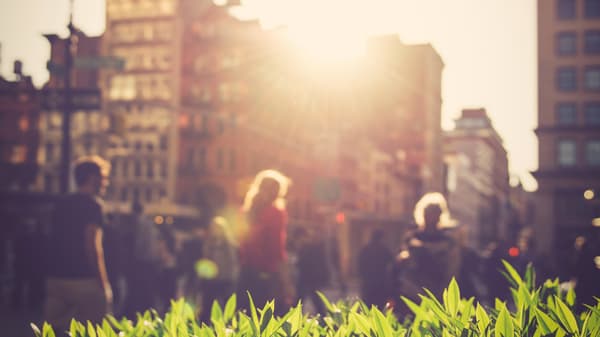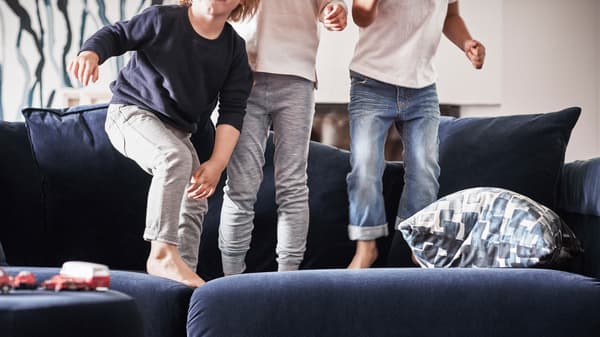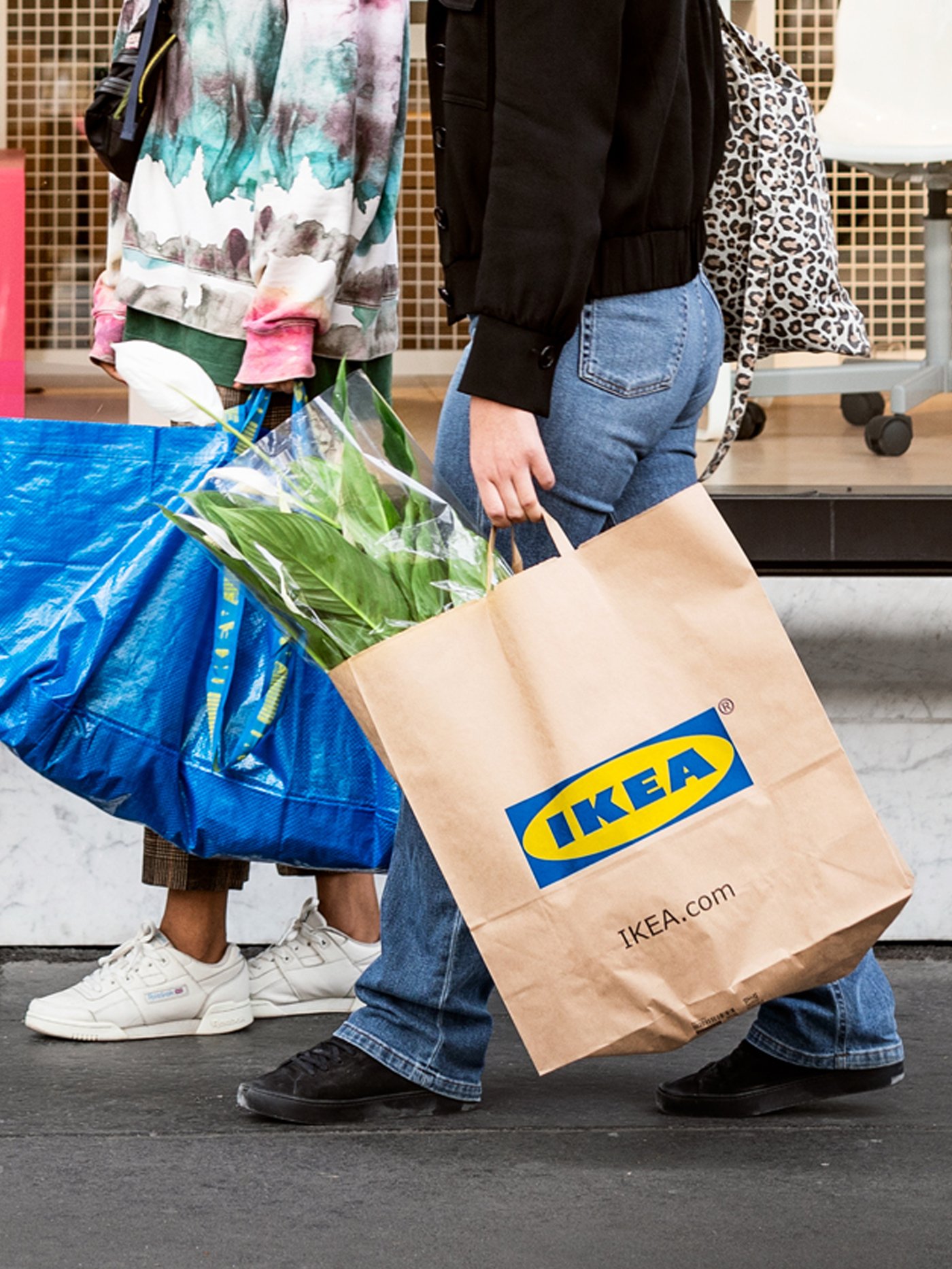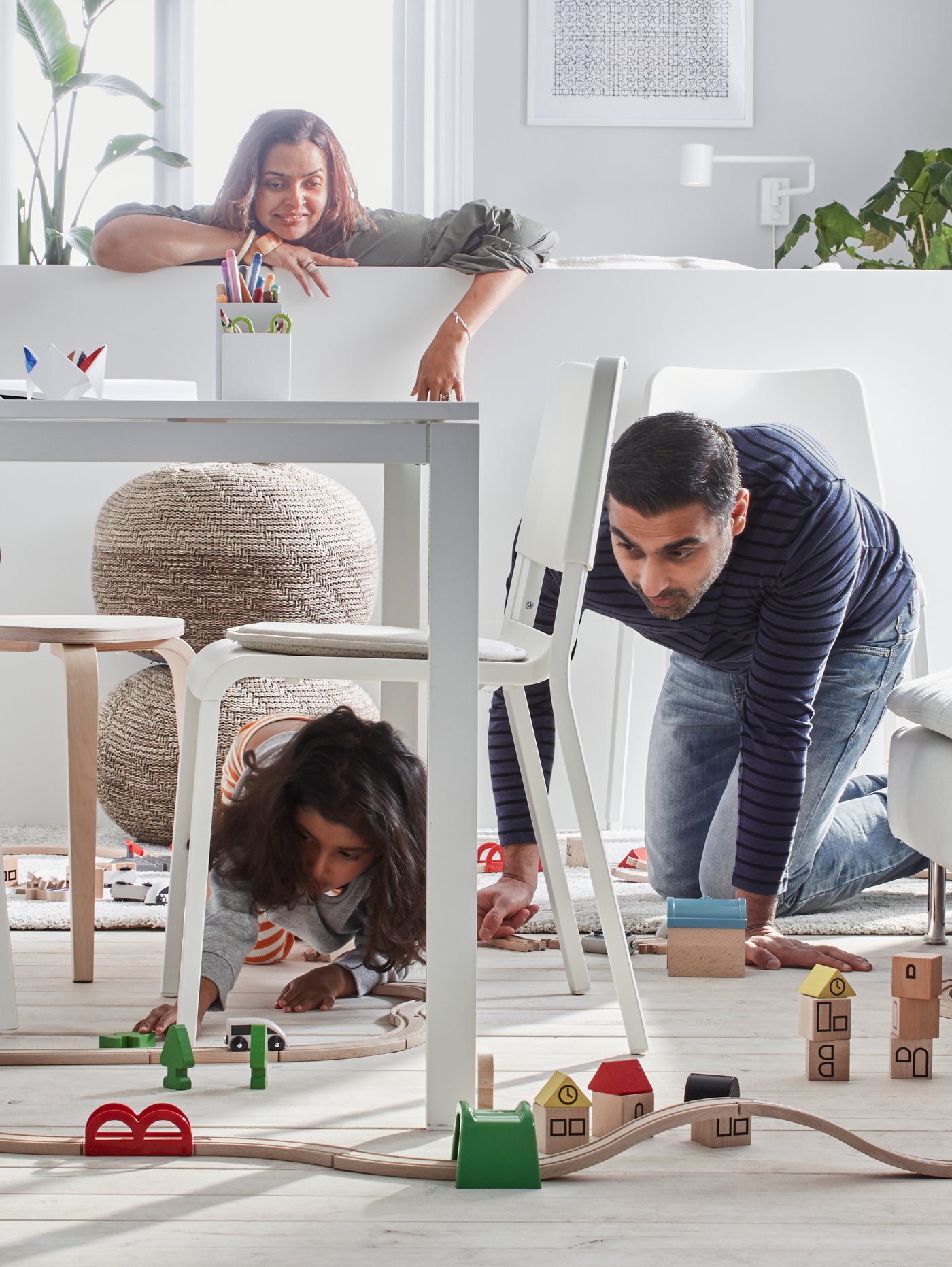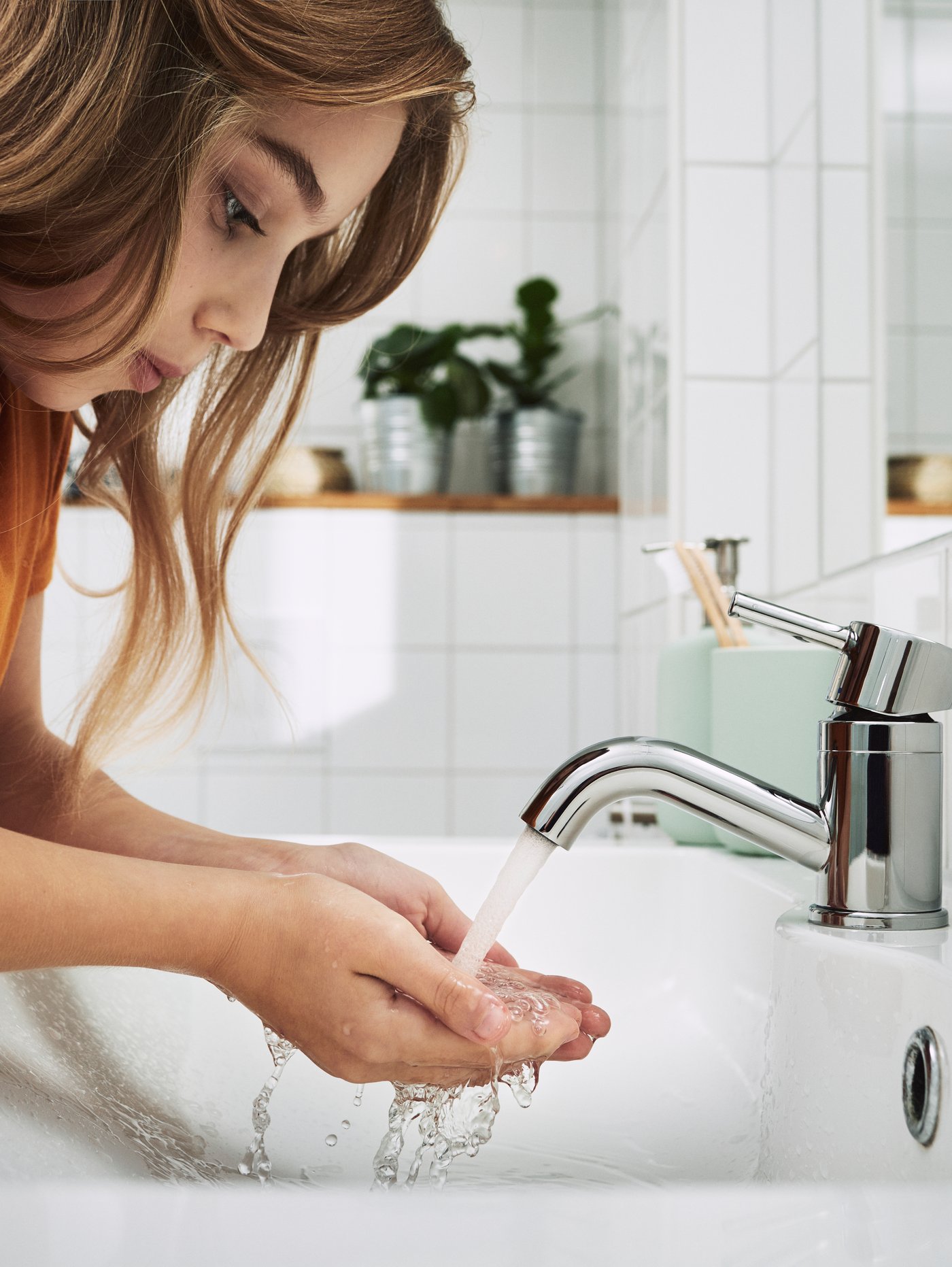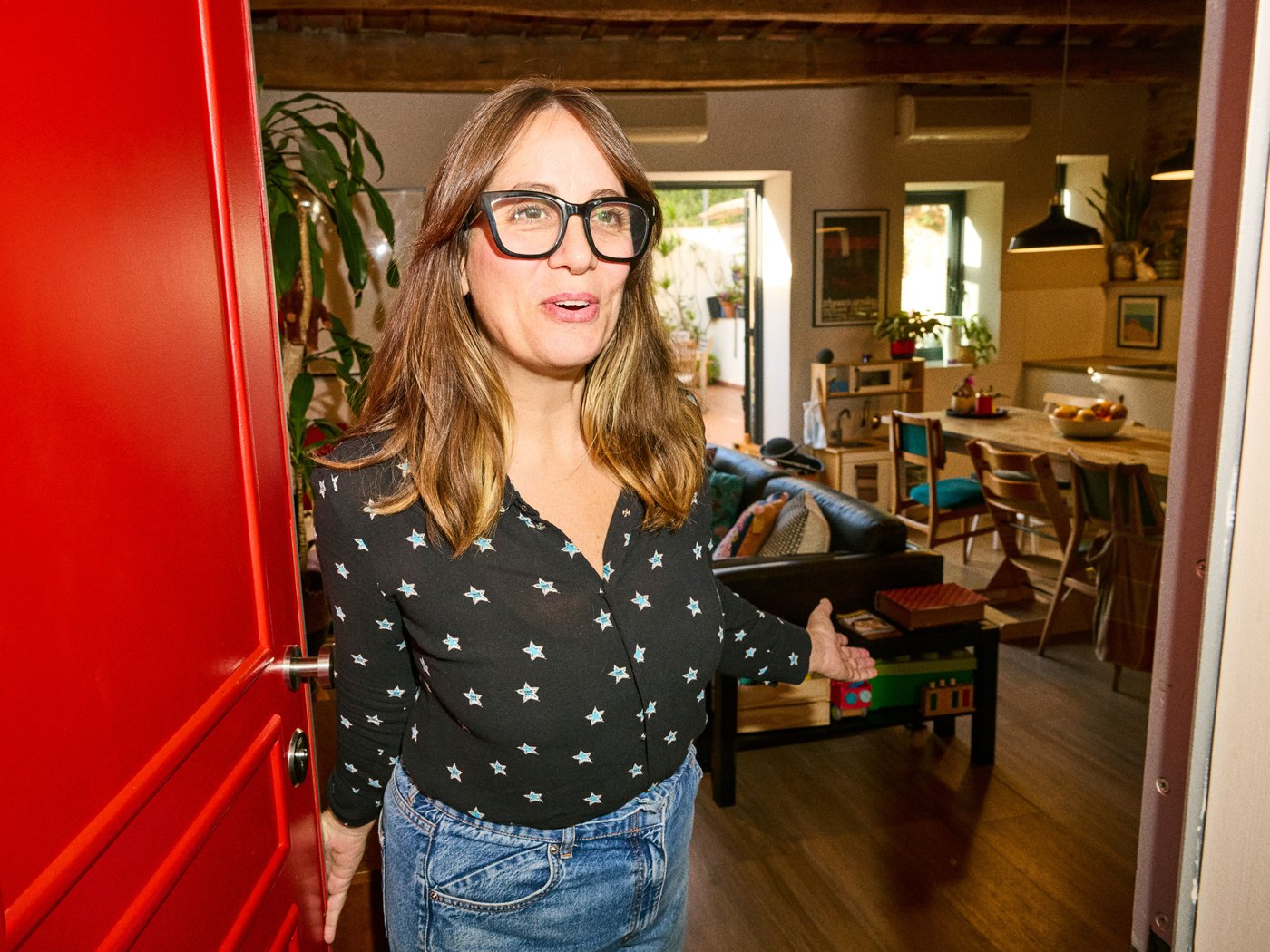Climate action
Our vision is to create a better everyday life for the many people. In today’s world, this means transforming our business and value chain to drastically reduce our climate footprint. It’s our responsibility to the home we share and what our customers and co-workers expect.
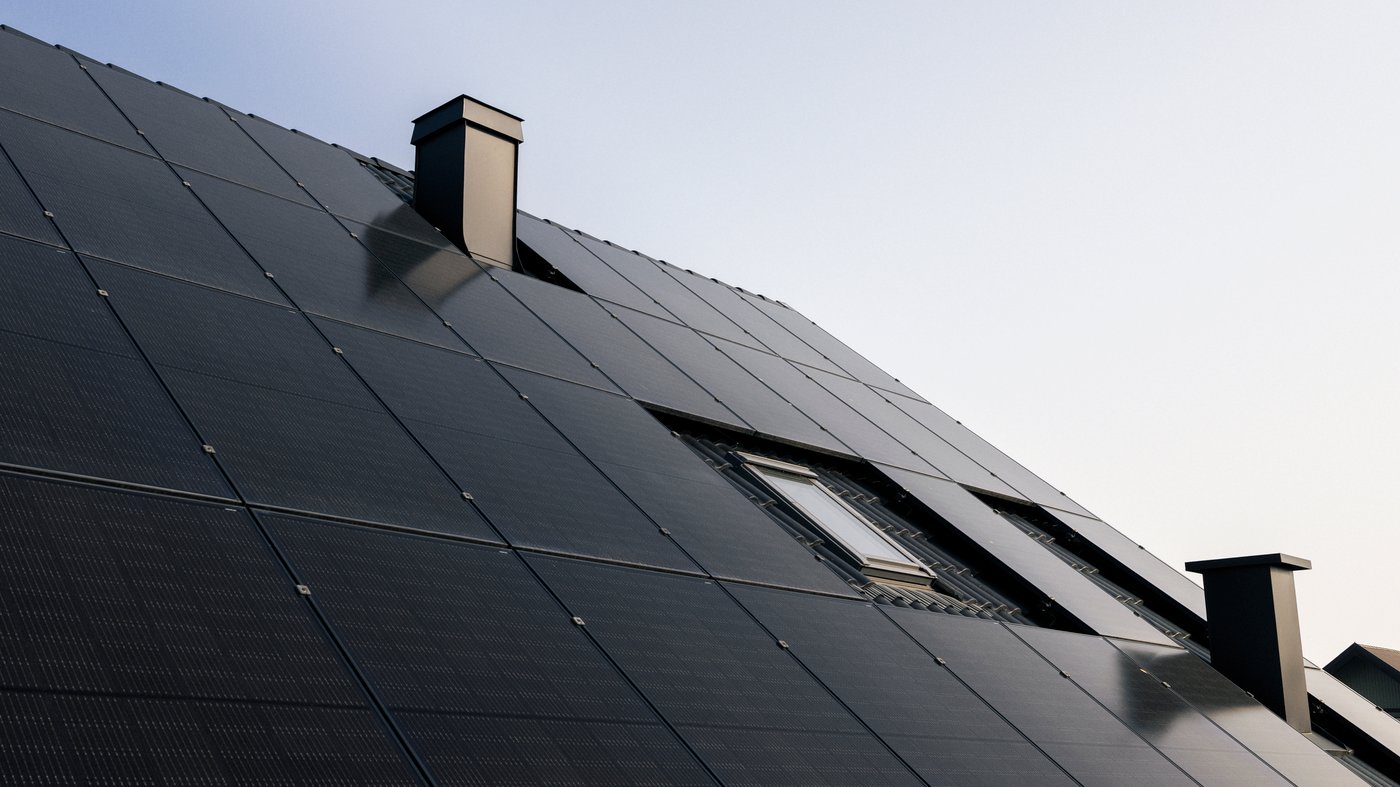
A clear strategy
We’ve set ambitious goals. This includes committing to halving emissions by 2030. This means reducing more greenhouse gas emissions than the full IKEA value chain emits, while growing the IKEA business.
Becoming net zero
We are committed to the Paris Agreement and to contribute to limiting the global temperature rise to 1.5°C above pre-industrial levels. This includes a commitment to reducing absolute greenhouse gas (GHG) emissions from the value chain by at least 50% by FY30, compared to a FY16 baseline, and to reach net-zero emissions by FY50, without using carbon offsets to meet this absolute reduction target. In addition, we will remove and store carbon through forestry, agriculture and products in our value chain, along with contributing to additional reductions in society by going beyond our value chain.
Climate agenda
To reduce our climate footprint we have set the following strategic goals, in order of priority:

1. Drastically reduce greenhouse gas emissions
This will be achieved by using more materials and food ingredients with a low climate footprint. We're working towards electrification - sourcing 100% renewable electricity for our operations and continually improving energy efficiency. We promote choices with a lower climate footprint as we transition to a circular business.
Creating markets for second-hand items
A growing number of IKEA markets buy back IKEA furniture from customers who no longer need it and re-sell these good-quality second-hand items to new customers in the As-Is areas. IKEA Sweden has tested a pop-up store stocked entirely with second-hand IKEA products. In Canada, customers can purchase second-hand furniture from our Circular hub (As-is) section in each of our stores.
Helping products live longer
We are offering more and more spare parts to enable customers to prolong the life of their IKEA products. To make it even easier for customers to get spare parts, we have launched an easy-to-use online ordering solution globally.

You know whats not a waste of energy?
Did you know, all of our Canadian stores are powered by renewable electricity, either generated onsite or sourced through renewable energy contracts.

